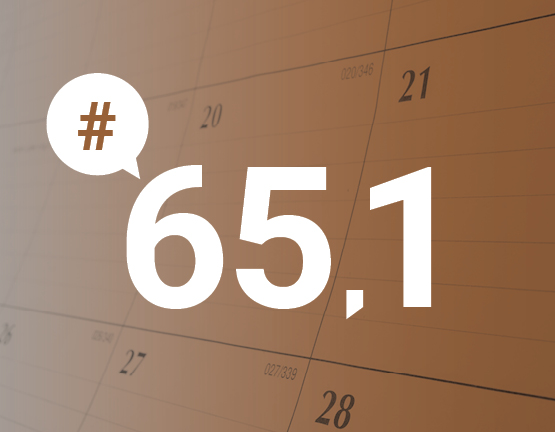According to CanadaHelps, the pandemic led to a 10% decrease in the amount Canadians donated to registered charities. This reversed the upward trend of the past three years – a trend that, with any luck, could resume in the years ahead.
Every donor has their favourite causes and may also have preferred ways of contributing: sometimes in cash, sometimes in the form of food or clothing (an especially acute need for people in the midst of a crisis), and sometimes as part of a planned giving strategy.
Overview.
The general principle
While people don’t necessarily donate with the idea of getting something in return, our governments encourage charitable donations through various tax measures, primarily the charitable donation tax credit. At the federal level, this credit is 15% for gifts up to $200 and 29% above that threshold, providing the total donation amount does not exceed 75% of the donor’s net income (with some exceptions). In addition, there are provincial and territorial tax credits. The illustration below gives an idea of the tax credit provided by annual donations of $5,000 from an individual whose income is $125,000. Note that some types of gifts – cultural donations, for example – may be eligible for special treatment by various levels of government.
Choosing a recipient
In order to qualify for a tax credit, the charitable organization must be recognized as such by the government and be authorized to issue charitable donation tax receipts. The Canadian government website provides a search engine that allows you to check the status of charities and other qualified donees.
Note that, in addition to charities, many journalism organizations, housing corporations, universities and municipal bodies are also qualified donees. Incidentally, your online subscription to a Canadian newspaper or magazine might gain you a federal tax credit of 15%, as well, to a maximum of $75.
Finally, if you would rather support the ideas espoused by a political party, or support the democratic process in general, be aware that there is a political contribution tax credit, worth up to $650 at the federal level in 2020, plus varying amounts at the provincial or territorial level.
Developing a planned giving strategy
If the donor’s wealth permits and the donor wishes to optimize the impact of his or her donations, it might be wise to set up a planned giving strategy with the help of an advisor.
In that case, a wide range of additional options may be considered. For example, the donor might decide to donate securities that he or she owns instead of cash. Any capital gain, which would have been taxable if the individual had sold the securities and donated the proceeds, would then be tax free, resulting in a larger net amount for the charity.
Another common approach is to integrate donations into the person’s estate planning, either by providing a legacy gift for a charity (for example, 1% of the estate), or by making a donation in the form of a life insurance policy. In this latter case, three situations are generally possible. If the donor owns the policy, the donor’s estate would receive a tax receipt when the benefit is paid to the charitable organization. If the organization owns the policy, the donor would get tax receipts for the ongoing premiums in the case of a new policy; for an existing policy, the donor would get receipts for the policy’s current cash value and for the premiums paid going forward.
Finally, a planned giving strategy could also provide for donations to be channelled through a foundation which would distribute funds to various organizations. Wealthy donors often create their own private foundations, but it is also possible to give to a public foundation, where the management would be delegated to a shared team. A foundation, whether private or public, could be an especially interesting option for an entrepreneur who has just sold a business and suddenly has considerable wealth available for philanthropic causes.
For more specific information about the planned giving approaches most appropriate for your situation and your goals, talk to your advisor.
The following sources were used to prepare this article.
Canadian Association of Gift Planners, “How to use Life Insurance as a Charitable Gift.”
CalculConversion, “Calculateur de don 2021.”
Canada Helps, “The Giving Report.”
Chaire en fiscalité et en finances publiques, Université de Sherbrooke, “Crédit d’impôt pour contributions politiques.”
Government of Canada, “How do I calculate my charitable tax credits?”; “List of charities and other qualified donees.”
La Presse, “Les dons à la presse maintenant déductibles d’impôt.”
Raymond Chabot Grant Thornton, “Other Credits and Assistance Measures.”
SFL, “Planned giving: making a difference.”
TaxTips, “Political Contribution Tax Credits.”
TurboTax, “Digital News Subscription Tax Credit.”
Will Power, “Calculate your Legacy.”




